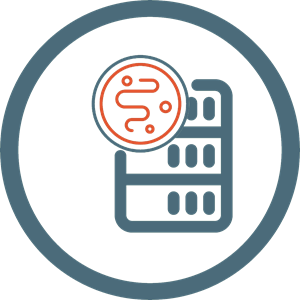Assess the potential pharmacological profile of your drug candidates by employing a set of validated in vivo models. LIDE offers a comprehensive range of solutions to measure the effectiveness and pharmacological characteristics of your drug candidates to maximize success in the clinical stage.
Each study is available as a stand-alone service or as part of an end-to-end preclinical, IND-enabling program. Each engagement begins with a complementary consultative call with our science team, so that we can match your study and budget needs with an exact study plan.
MiniPDX®: An In-Vivo 3D Organoid That Gets Results in 7 Days
Our proprietary MiniPDX® and IO-FIVE tests provide fast and cost effective feedback to bridge from in-vitro to in-vivo studies.
- Results in 7-14 days
- Supports wider range of drugs and dosing protocols than in-vitro methods
- More cost effective than traditional PDX
- 82% correlated with clinical results
2000 Patient Derived Xenograft (PDX) Models
LIDE’s industry leading PDX library offers our clients access to unique, patient-consented, highly characterized, low-passage tumors.
- 50 oncology indications covered
- World's largest biobank of pretreated models
- 900 models with full treatment history
- Variant rich: naturally-derived resistance and rare mutations
Cell Line Derived Xenograft (CDX) Models
CDX models are a well established and a widely used in vivo option for preclinical drug efficacy testing. LIDE has a growing bank ready for client application.
- 50 models ready to use
- New models established at minimal client cost
- Cost effective and fast turnaround time
Orthotopic Models
Leverage cell-line based orthotopic models, implanted at the organ of origin, closely mirroring the natural tumor environment and providing better clinical predictivity than subcutaneous approaches.
- Faithfully replicate the natural tumor microenvironment
- High translational value
- Validation with IVIS imaging
Syngeneic Models
Syngeneic mouse models offer an ideal platform for conducting early proofs of concept of (IO) therapeutics.
- Murine syngeneic or chimeric humanized models available
- Evaluate MOAs, kinetics, toxicity and potency
- Cost efficient vs. more complex humanized models
Humanized Models
HuPBMC reconstituted and co-inoculated models provide the most human relevant in vivo platform for your human-specific immunotherapy studies.
- Faster and more cost-effective than full immune cell reconstitution
- Overcome GvHD issues
- Several targets available





